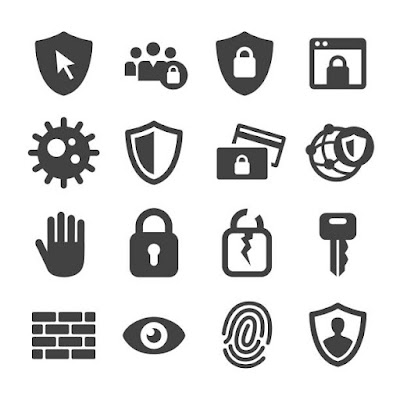5 Insidious Cyber Threats Lurking Online: Your Ultimate Guide to Fortifying Digital Security
In this modern digital world, cybersecurity has emerged as a critical concern for individuals, businesses, and governments alike. The rapid evolution of technology brings about numerous benefits, but it also opens doors to potential threats and vulnerabilities. From data breaches to identity theft and malware attacks, the landscape of cyber threats is diverse and ever-evolving.
Understanding Cybersecurity
Cybersecurity refers to the practice of protecting computer systems, networks, and digital information from unauthorized access, data breaches, and cyberattacks. It encompasses various technologies, processes, and practices designed to safeguard sensitive information and prevent cyber threats.
Key Components of Cybersecurity
1.Network Security:
2. Information Security:
It focuses on protecting sensitive data through encryption, access control, and data loss prevention measures.
3.Endpoint Security:
Ensuring the security of devices such as computers, mobile devices, and IoT (Internet of Things) devices by installing antivirus software, implementing patches, and employing device management protocols.
4.Application Security:
Securing software and applications by implementing security measures during the development phase, conducting regular code audits, and patching vulnerabilities.
5.Cloud Security:
Protecting data stored in cloud environments by implementing robust access controls, encryption, and regular security assessments.
Common Cyber Threats
1. Phishing Attacks
Phishing involves tricking individuals into disclosing sensitive information like passwords or financial details by masquerading as a trustworthy entity through emails, text messages, or fake websites.
2. Malware
Malware, including viruses, ransomware, and spyware, can infect devices and networks, causing data loss, financial damage, or complete system compromise.
3. Social Engineering
This technique involves manipulating individuals to divulge confidential information through psychological manipulation or deception.
4. Insider Threats
Insider threats arise when individuals within an organization misuse their access to sensitive data or systems, intentionally or unintentionally compromising security.
Importance of Cybersecurity
The significance of cybersecurity cannot be overstated. It safeguards personal privacy, protects sensitive information, maintains business continuity, and ensures the trust of customers and stakeholders. A robust cybersecurity framework not only prevents financial losses but also safeguards against reputational damage resulting from breaches.
Best Practices for Cybersecurity
1. Regular Software Updates:
Keep operating systems, applications, and antivirus software up-to-date to patch vulnerabilities and protect against emerging threats.
2. Strong Passwords and Multi-Factor Authentication (MFA):
Enforce the use of complex passwords and MFA to add an extra layer of security.
3. Employee Training:
Educate employees about cybersecurity best practices, including how to identify phishing attempts and avoid falling victim to social engineering attacks.
4. Backup Data:
Regularly back up important data and ensure backups are stored securely to mitigate the impact of ransomware attacks or data loss.
5.Implement Firewalls and Encryption:
Employ firewalls to monitor and control incoming and outgoing network traffic and use encryption to protect sensitive data.
In an interconnected world, where technology permeates every aspect of our lives, prioritizing cybersecurity is paramount. By understanding the threats, implementing robust security measures, and fostering a culture of vigilance, individuals and organizations can fortify their digital defenses against cyber threats and mitigate potential risks.
Remember, cybersecurity is not a one-time task but an ongoing commitment. Stay vigilant, update defenses regularly, and adapt to the evolving threat landscape to safeguard your digital world.
FAQ :
1. What is the significance of cybersecurity in today's digital landscape?
Cybersecurity is vital for protecting data, ensuring business continuity, and averting financial losses from cyber threats.
2. How can individuals and organizations enhance their cybersecurity defenses?
Improving defenses involves regular updates, strong passwords, employee training, data backups, and implementing robust security measures.
3. Why is it crucial to stay proactive and updated in cybersecurity practices?
Staying proactive is key due to evolving threats, necessitating constant vigilance, updates, and a culture of cybersecurity awareness.
Read too
.png)



Post a Comment
Post a Comment